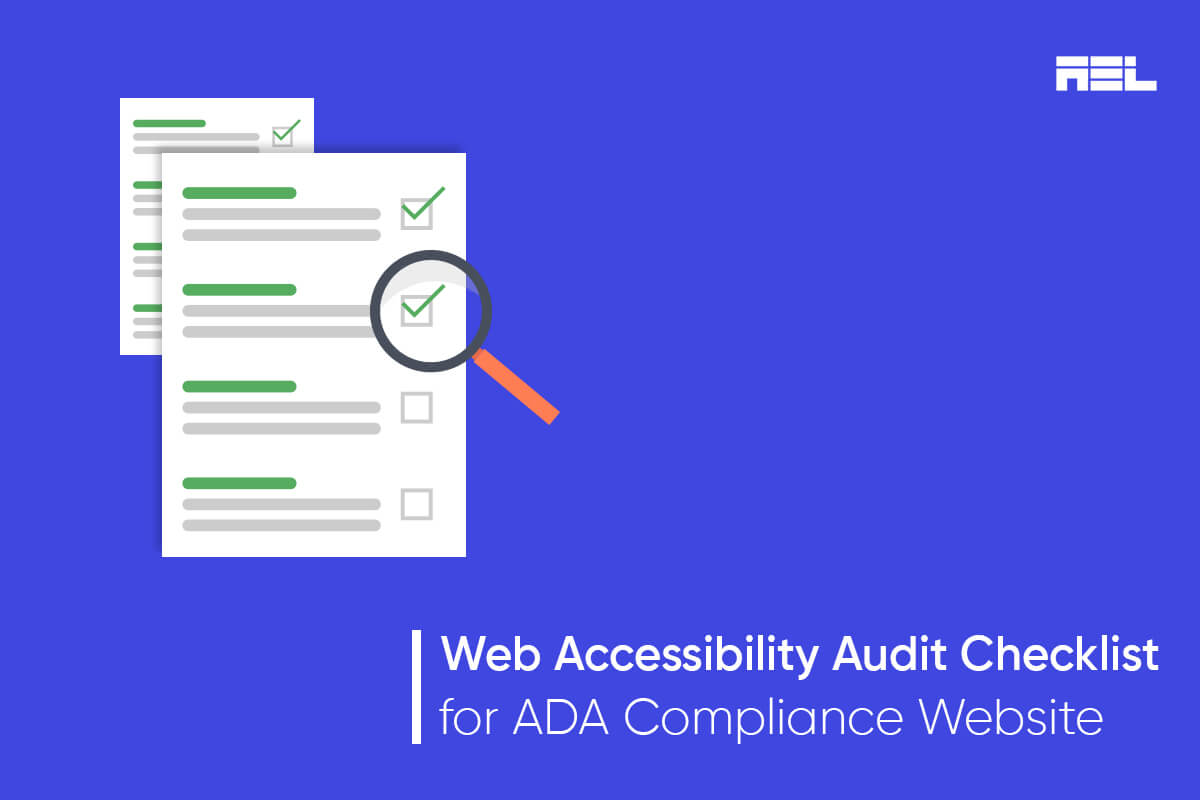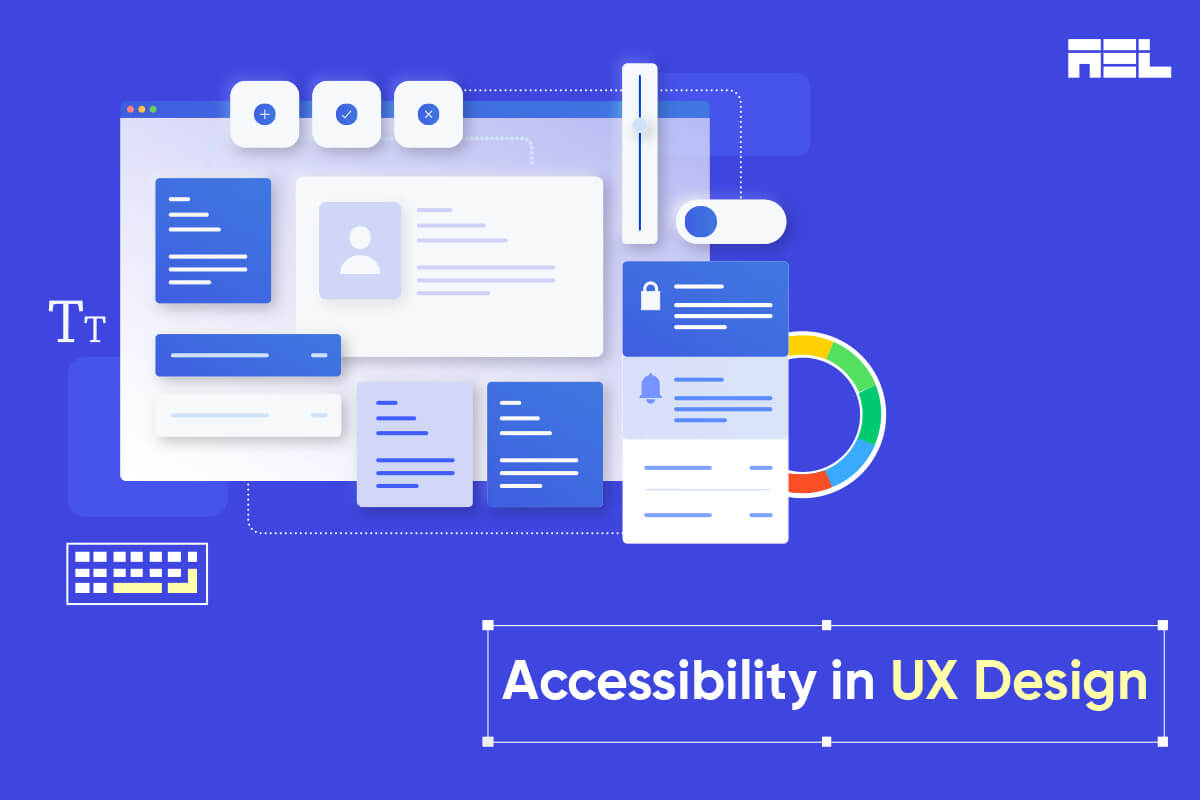The goal of the United Nations General Assembly’s 1992 declaration of the International Day of Persons with Disabilities is to raise awareness of disability issues and mobilize support for the rights, dignity, and general well-being of people with disabilities.
This year’s theme, “United in action to rescue and achieve the SDGs for, with, and by persons with disabilities,” highlights the crucial role of innovation in creating a world that accommodates everyone.
Table of Contents
- 1 Assistive Tech Innovations for Enabling Inclusion
- 2 Amazon Employees: Transforming Accessibility and Inclusion: A Case Study
- 3 Tech Innovations: Transforming Accessibility for Inclusivity
- 4 How is innovation promoting inclusion?
- 5 Empowering Disability Inclusion in the 2030 Sustainable Development Agenda
Assistive Tech Innovations for Enabling Inclusion
Approximately 1.3 billion people, constituting around 16% of the global population, currently experience significant disabilities. This number is increasing, influenced by factors like longer lifespans and the advancement of medical procedures and treatments.
Universal Design:
One must develop products, environments, and services using universal design principles that are accessible and usable by all, regardless of ability or disability. This approach ensures inclusivity from the outset.
Assistive Technology:
We should leverage technological advancements to create assistive devices and technologies catering to specific disabilities, empowering individuals to navigate and engage in various activities more independently.
AI voice technologies, like Siri, Alexa, and Echo, aid communication for individuals with impairments by describing text and images, enabling text-to-speech conversions. Apps like Google’s Parrotron help those with speech impairments converse fluently.
Amazon Employees: Transforming Accessibility and Inclusion: A Case Study
For 30 years, the International Day of Persons with Disabilities (IDPWD) has championed disability rights. Amazon’s focus on innovation for inclusivity shines through the stories of its employees.
Naomi Johnson, PWD Diversity, Equity, and Inclusion Partner, advocates for inclusive strategies. Shadi Abou-Zahra, Accessibility Standards Manager, celebrates tech-driven accessibility.
Raj Datta, Software Development Manager, emphasizes designing for everyone. Their commitment highlights Amazon’s ethos: “When you work backward from the customer and act on it, you’ve unlocked truly accessible innovation.”
Tech Innovations: Transforming Accessibility for Inclusivity
Future technological advancements in accessibility should aim at revolutionizing inclusivity. AI-driven assistive tools and intuitive user interfaces can break barriers for individuals with diverse abilities, fostering a more equitable and accessible world.
Cutting-edge technology has opened up a realm of opportunities, particularly for those with visual impairments, granting them greater independence. From Alt Text and Descriptions for Screen Readers, Keyboard Accessibility, Clear and Simple Design Principles, Video Subtitles and Transcripts, and Use of ARIA Labels to Testing with Accessibility Tools, these remarkable solutions are fundamentally transforming websites and document accessibility by manifolds.
However, as technology progresses, it’s imperative to prioritize inclusivity, ensuring these innovations cater to everyone. Embracing and advocating for these groundbreaking technologies will pave the way for a more inclusive society, benefiting individuals who are blind or visually impaired.
How is innovation promoting inclusion?
Despite the persistent challenges faced by individuals with disabilities worldwide, the messages conveyed during this year’s International Day of Persons with Disabilities instill a sense of hope and optimism for the coming year of 2024.
Innovation and technology serve as potent catalysts for inclusivity. They pave the way for improved access to information, education, and lifelong learning while also creating fresh opportunities for individuals with disabilities to engage in the workforce and broader societal spheres on an equitable footing.
Addressing the Sustainable Development Goals demands transformative solutions that ensure no one is left behind. Achieving this goal necessitates robust collaboration between the public and private sectors to craft strategies that cater to, alongside, and in partnership with individuals with disabilities.
Central to this collaboration is the active involvement of individuals with disabilities across their diverse spectrum, ensuring their full inclusion in all decision-making processes.
Empowering Disability Inclusion in the 2030 Sustainable Development Agenda
In September 2015, the General Assembly adopted the 2030 Agenda for Sustainable Development, comprising 17 Sustainable Development Goals (SDGs). Aligned with the principle of “leaving no one behind,” this comprehensive agenda prioritizes holistic, sustainable development for all individuals.
These goals cover areas such as education, economic growth, employment, addressing inequality, ensuring accessible human settlements, and enhancing data collection and SDG monitoring.
This agenda holds significant promise for individuals with disabilities worldwide. Starting its implementation in 2016, Envision2030 is pivotal in advocating for the integration of disability perspectives and the comprehensive implementation of SDG 10 over its 15-year duration.
The campaign aims to:
- Raise awareness about the 2030 Agenda and the attainment of the SDGs for individuals with disabilities.
- Foster active dialogues among stakeholders to shape a better world that caters to the needs of people with disabilities.
- Establish an ongoing live web resource on each SDG and disability to sustain engagement and progress.
The campaign invites all interested parties to contribute their visions of an inclusive world by 2030, ensuring the active participation and representation of individuals with disabilities.
Wrapping up
Understanding how innovation and technology can help make the world more inclusive of people with disabilities is essential as the world gets closer!
We can create the conditions for a future in which nobody is left behind by supporting revolutionary solutions, encouraging teamwork, and keeping ethical standards in mind. The pursuit of inclusion is a continuous process that depends on the combined efforts of communities, organizations, and individuals.
AEL Data has always stood for a more accessible and inclusive world for all. We have provided top services with a rich experience in the STEM, eLearning, and ePublishing business since 2001. We offer end-to-end solutions for all your accessibility needs.
- Website Accessibility
- Document Accessibility
- Obtain a VPAT
- Build compliant products
To create an inclusive and equitable online environment for all, reach out to us today at info@aeldata.com.



